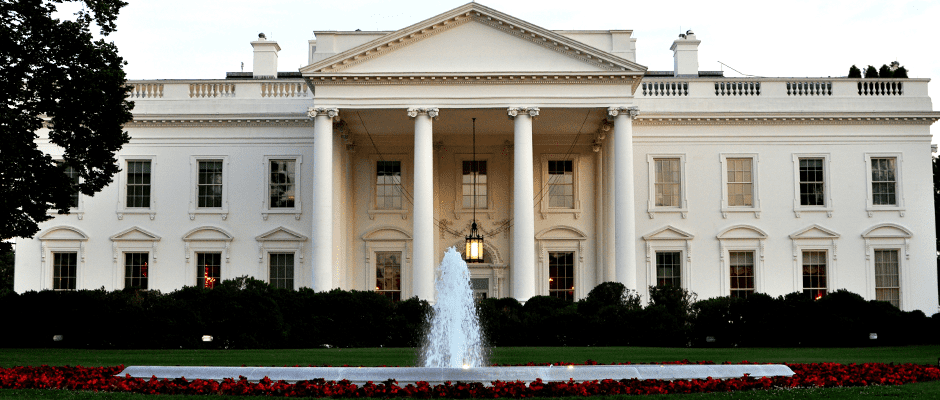Share this article
Trump administration aims for reorganization of government
The Trump administration has continued to take action and propose methods to streamline the government through cuts to regulations and spending. Recently, President Trump has implemented executive orders and made recommendations for reorganization and reduction of duplicative efforts throughout the government.
On Mar. 13, Trump signed an executive order proposing a plan for reorganization of the Executive Branch. The order calls for the Office of Management and Budget Director, Mick Mulvaney, to develop a plan including “recommendations to eliminate unnecessary agencies, components of agencies, and agency programs, and to merge functions.” From the date of release of the order, agencies have 180 days to submit proposed reorganization plans to the Director. Plans submitted by agency heads will be published to the Federal Register for public comment.
In a previous executive order, the President instituted a Regulatory Reform Task Force within each agency. The order requires agency heads (that have not received a waiver) to designate a Regulatory Reform Officer to implement the administration’s regulatory initiatives and policies. The task force includes the Regulatory Reform Officer, the agency’s Regulatory Policy Officer, a representative from the agency’s central policy office, and at least three additional senior agency officials. In addition to improving policy implementation, task force goals include “identifying regulations for repeal, replacement, or modification.”
Some members of Congress have applauded the administration’s recent efforts. In response to the Mar. 13 executive order, Senator James Lankford (R-OK) said, “it is time the federal government address overlap, duplication, and wasteful spending—and this is a strong step in the right direction to achieve these goals.”
Some organizations are wary of the possible impacts that may result from potential reorganization and reform. The Natural Resources Defense Council’s Government Affairs Director David Goldston stated, “in the past, some leaders have tried to rearrange how the government is organized as a way to slip through fundamental and durable changes that they know would be too controversial to approach head-on. So we will review the detailed proposals very, very closely.”
Several measures expressed in the President’s budget blueprint also sought to reduce redundancy. The proposed budget requests that departments, like Agriculture and Interior, focus on core mission activities and reduce or eliminate duplicative spending for programs that received funding from state or private entities. A couple of the programs targeted for elimination of funding under the proposed budget include, the National Wildlife Refuge Fund — a revenue sharing program that has not received federal appropriations since FY 2014 because of sufficient funds generated from other payment programs — and the National Heritage Areas program which currently receives the bulk of its funds through local sources.
Header Image: ©jasleen kaur








